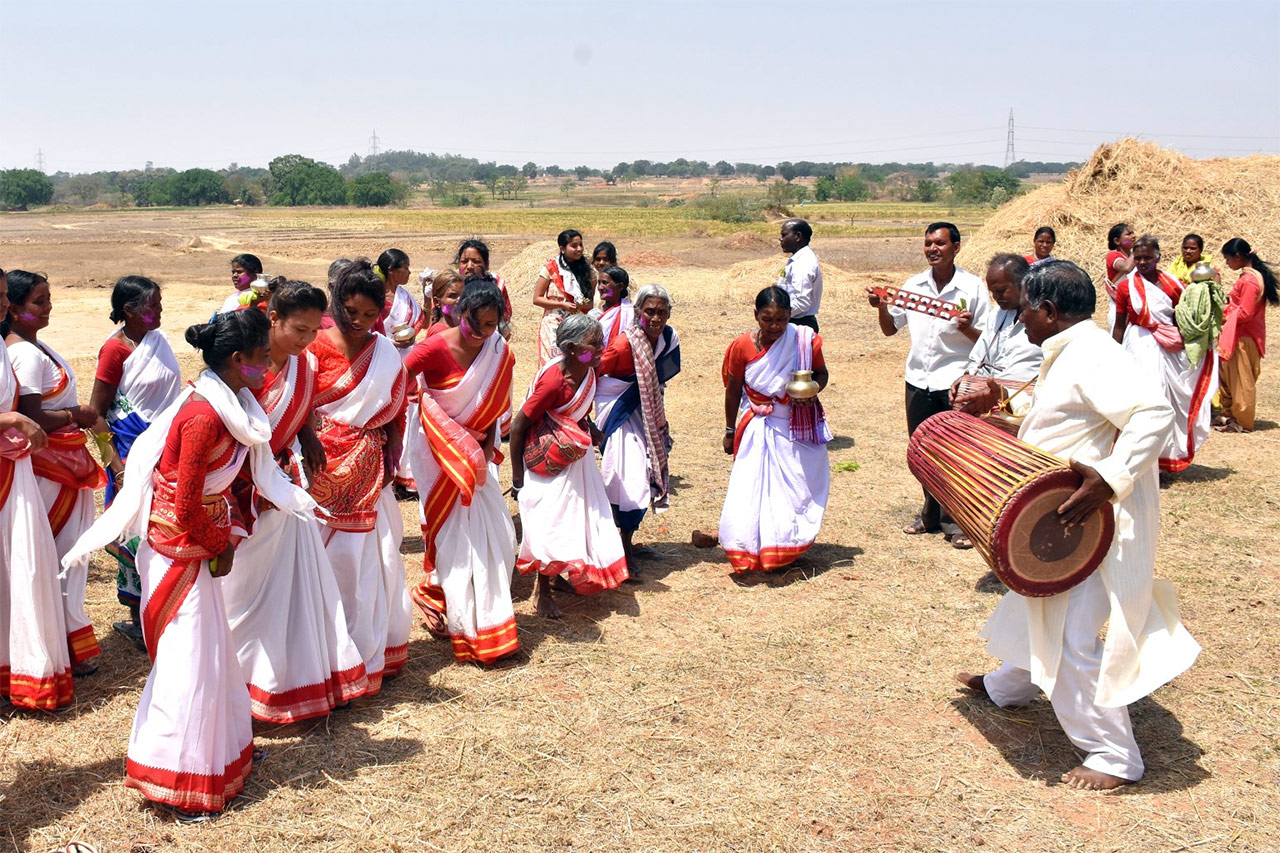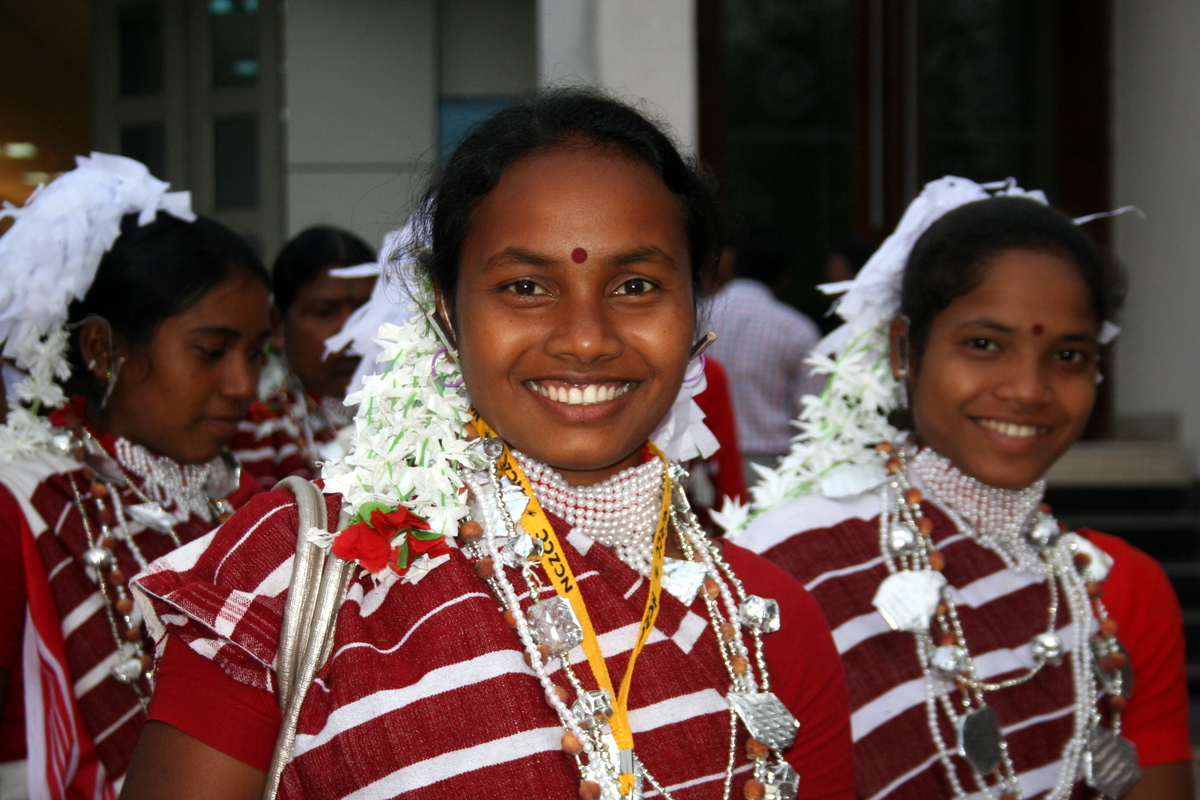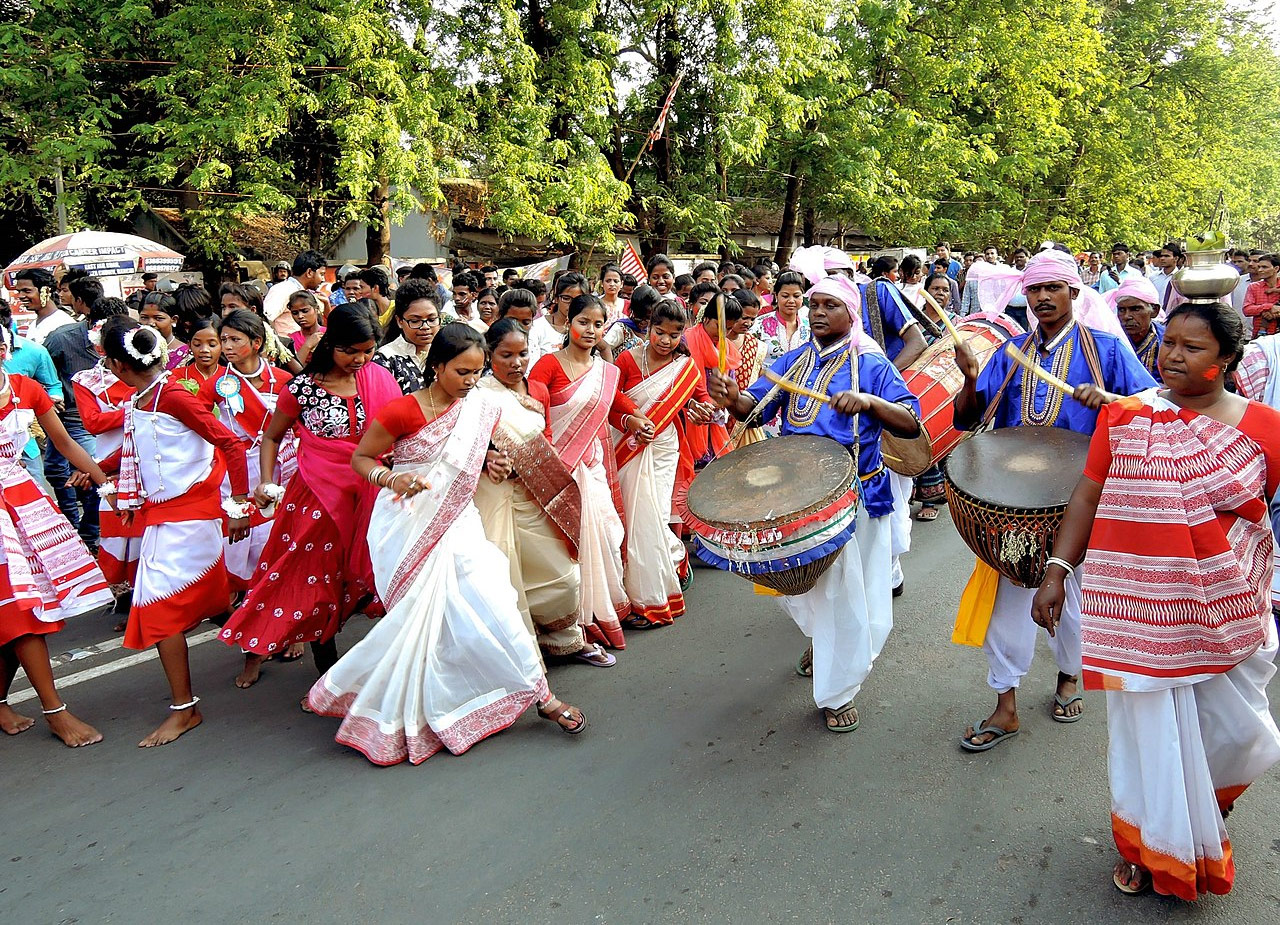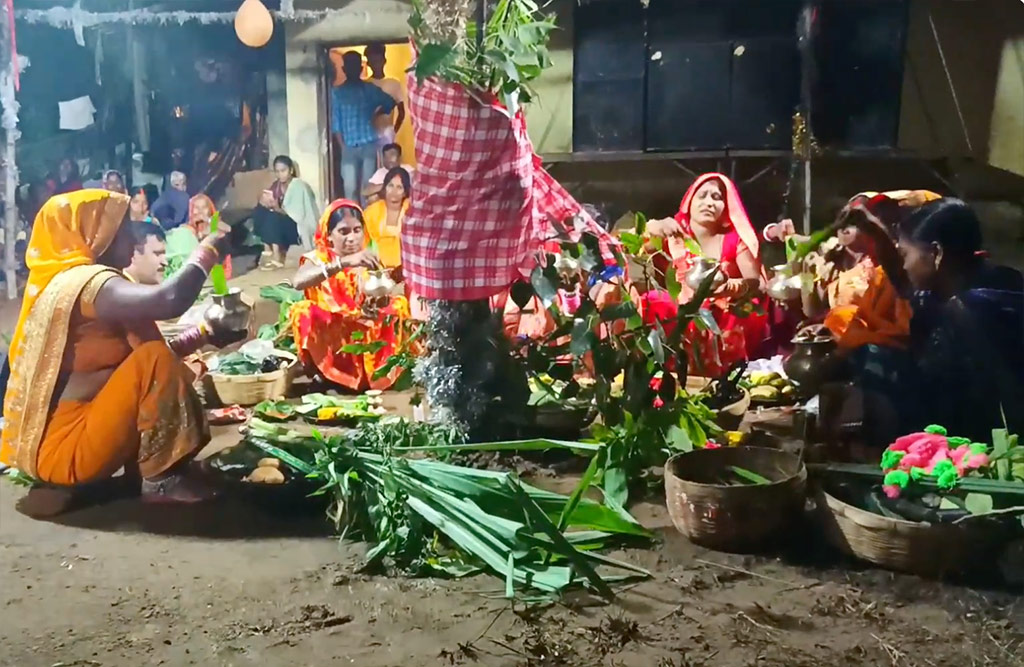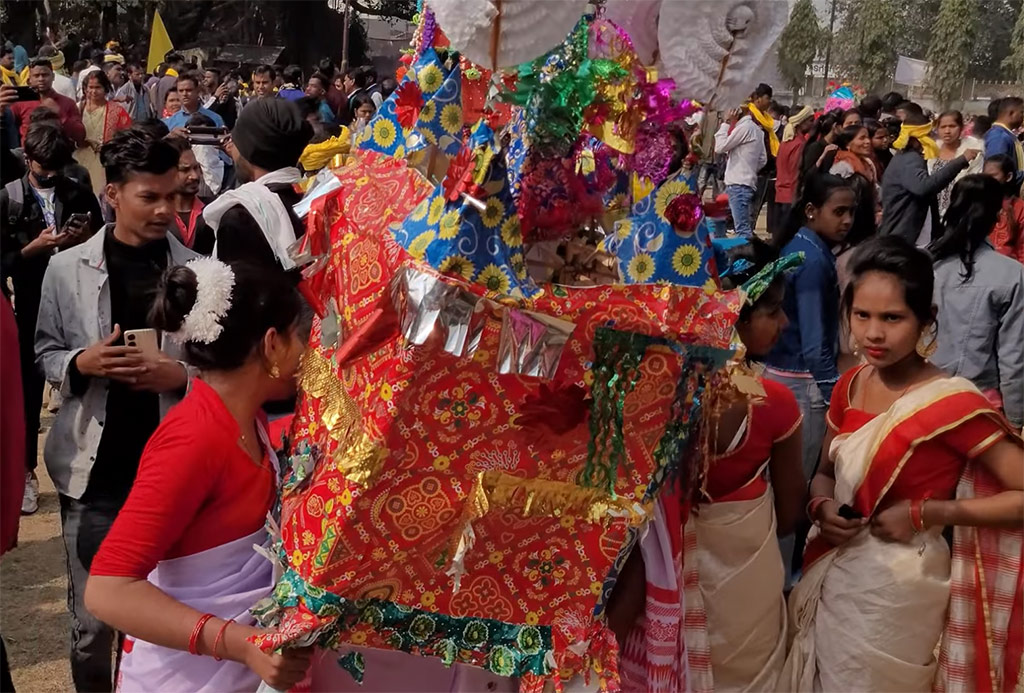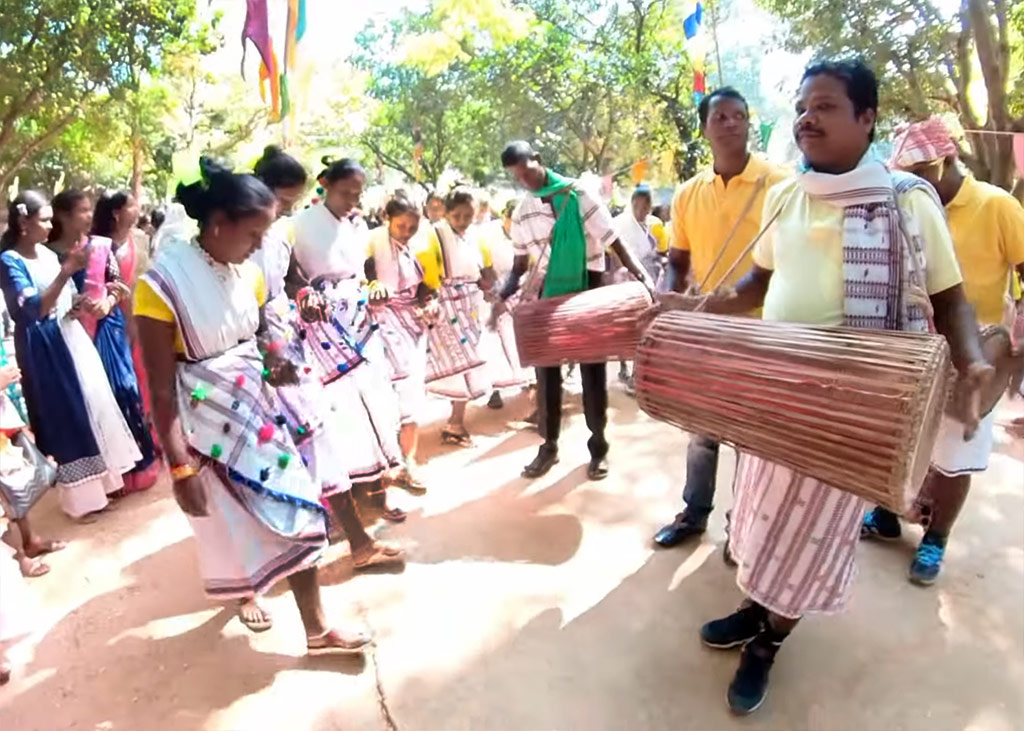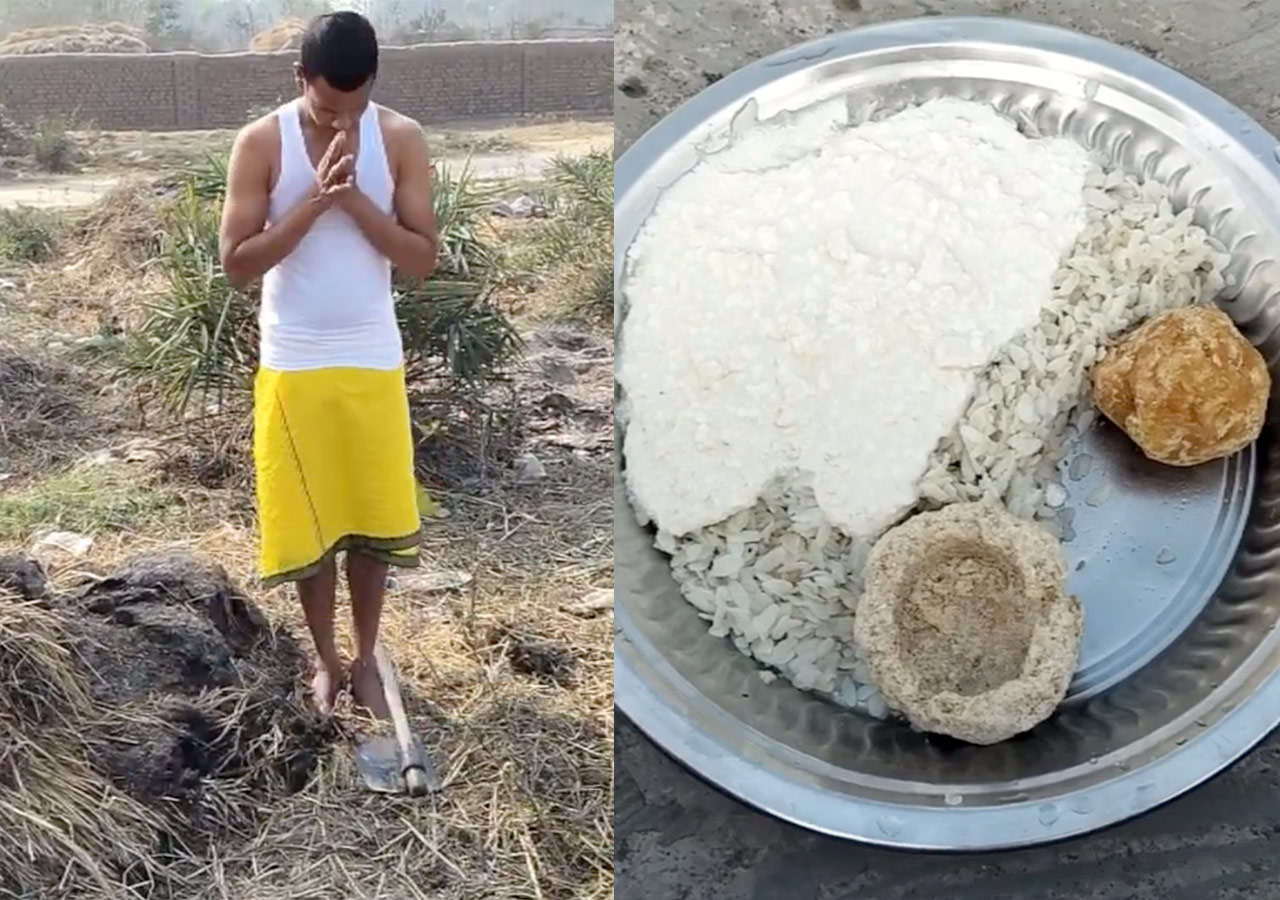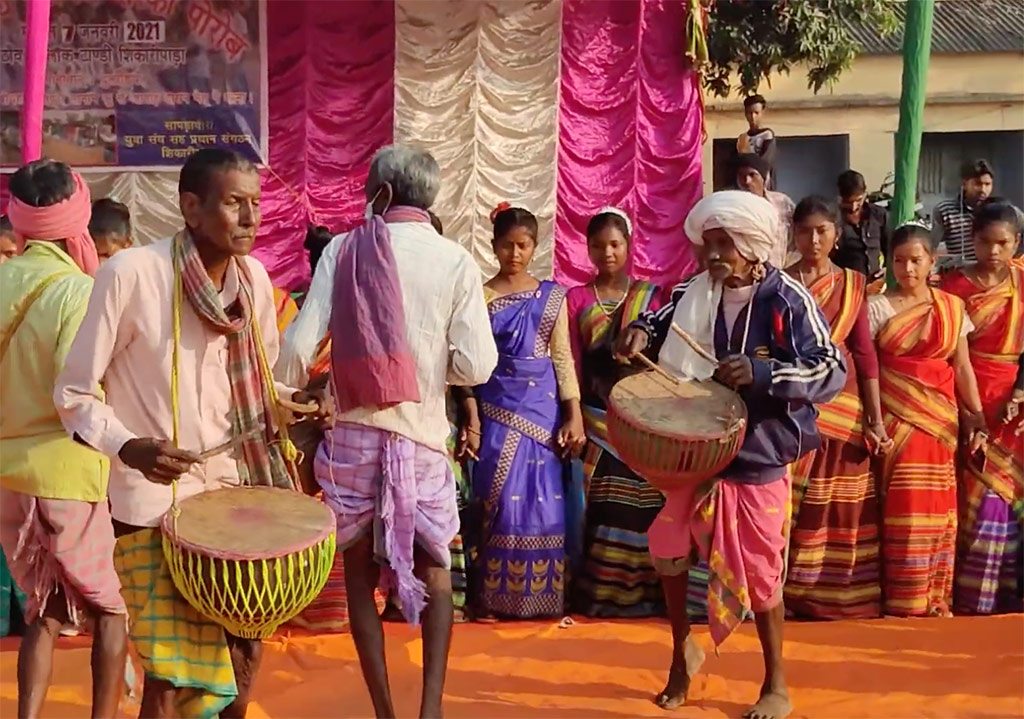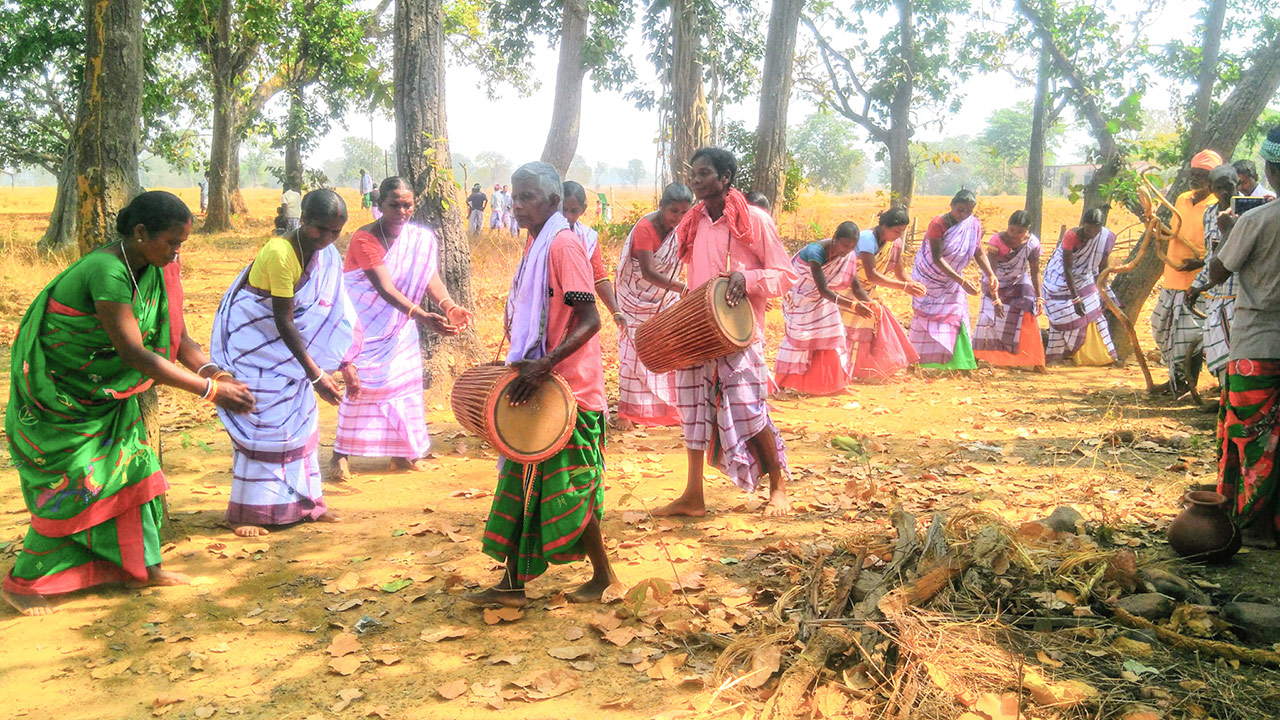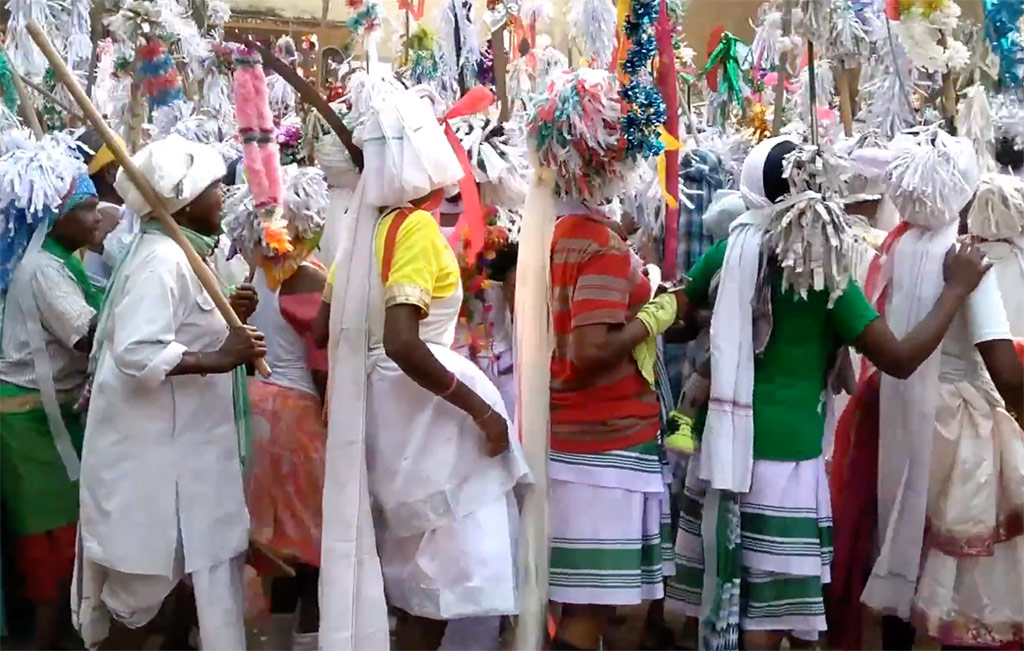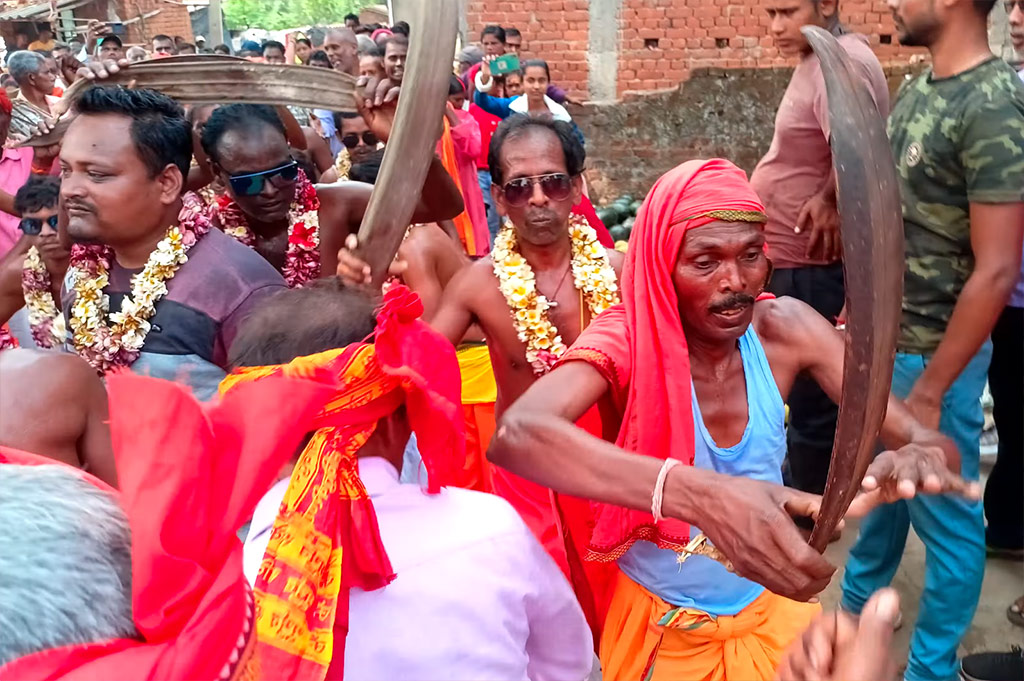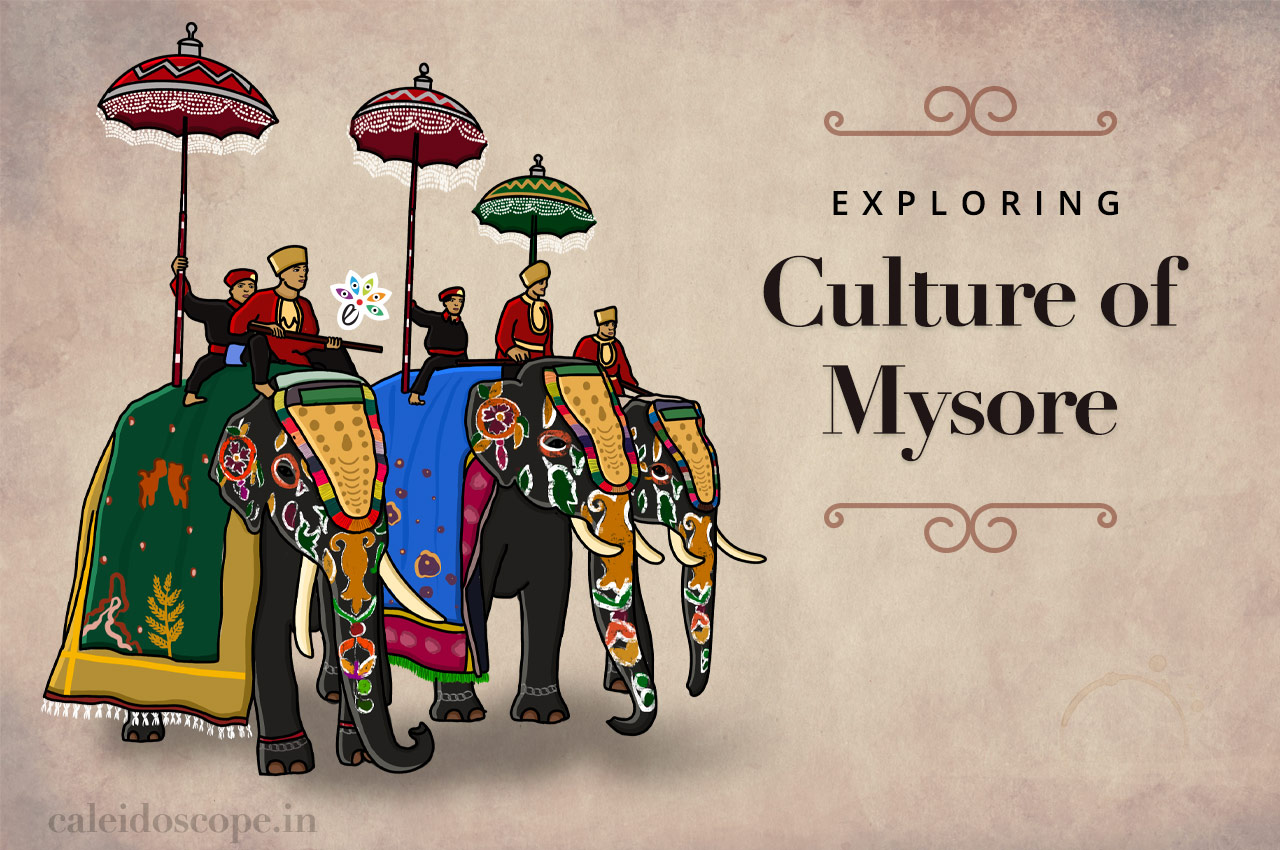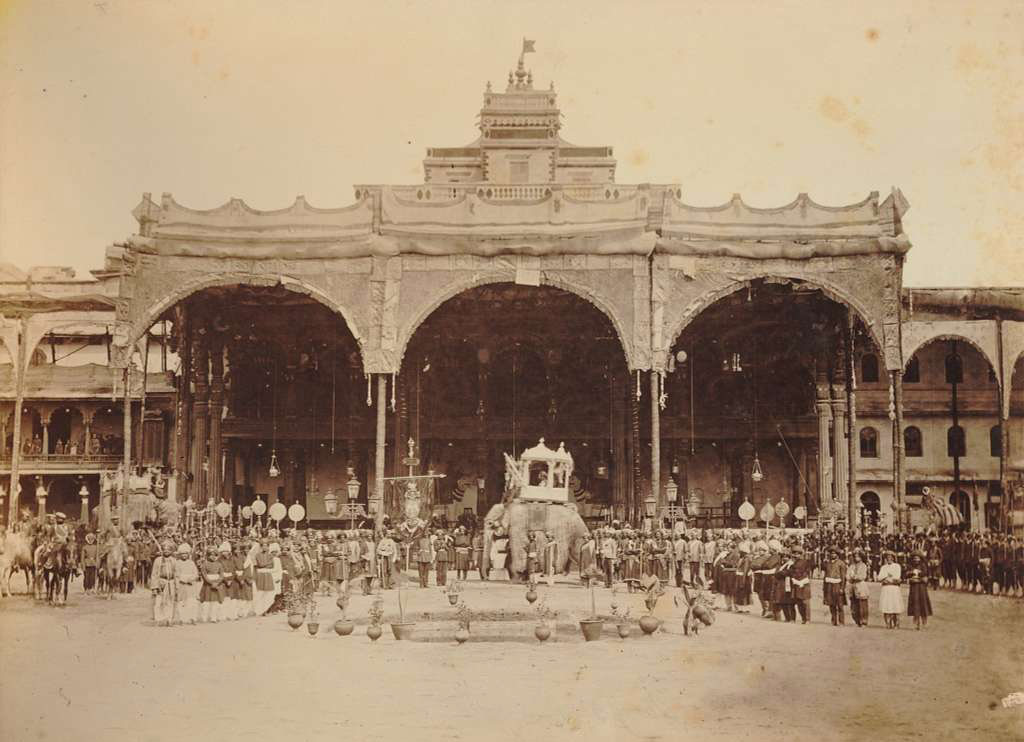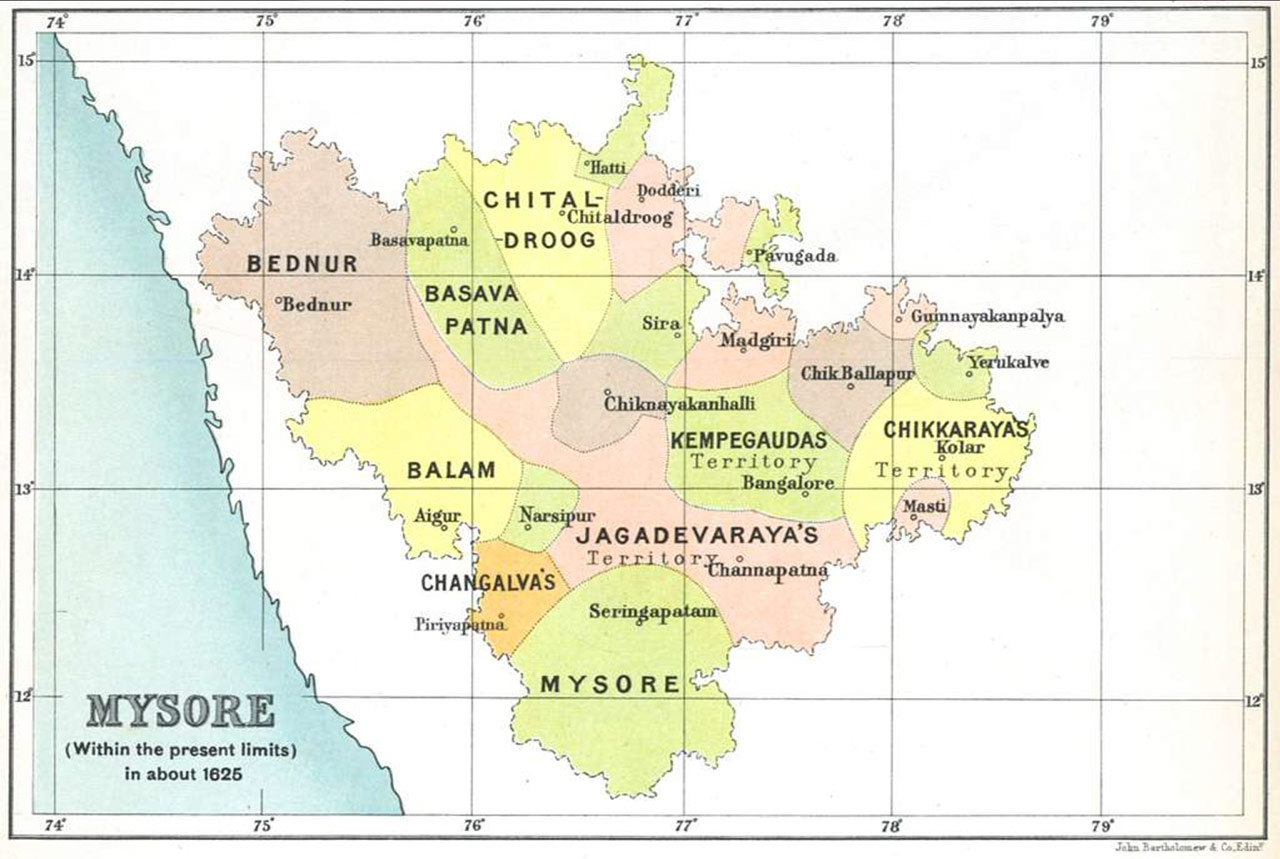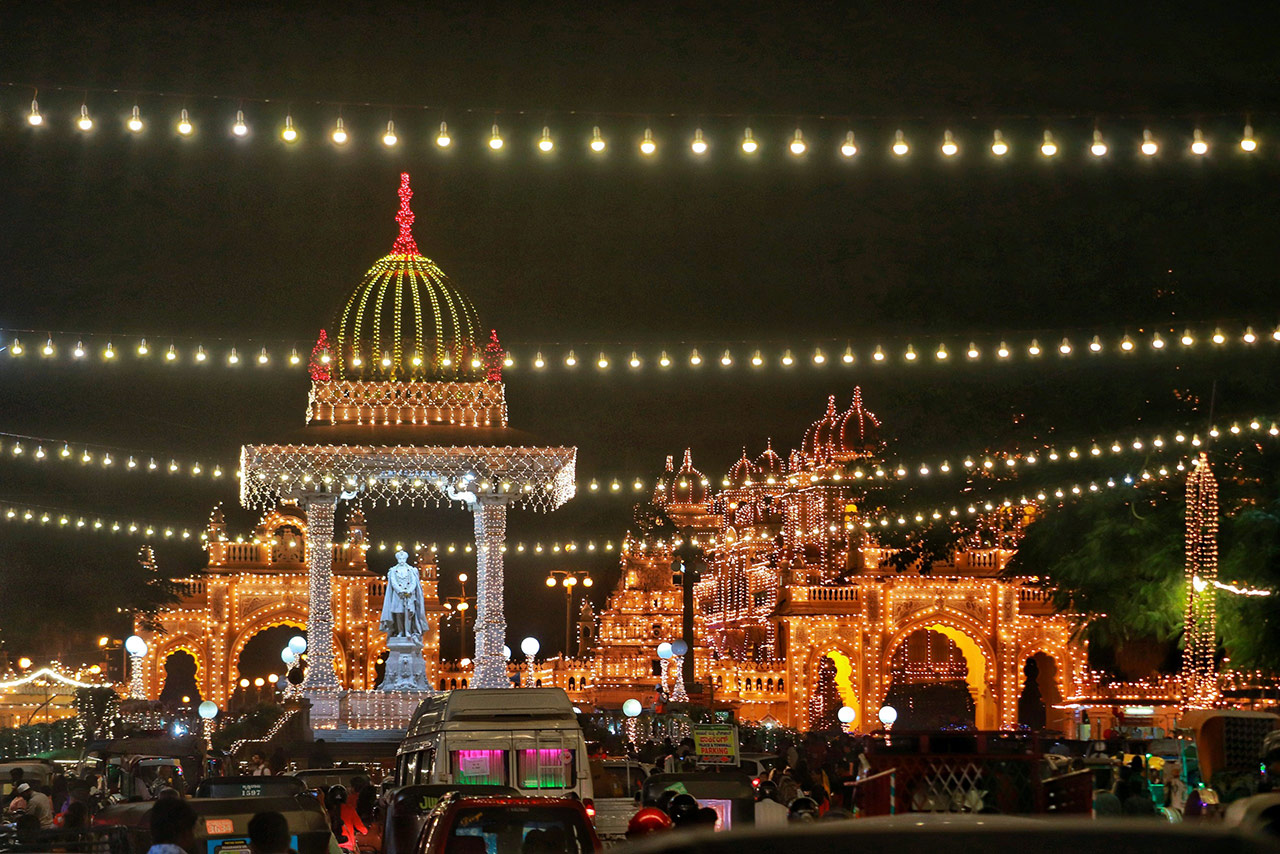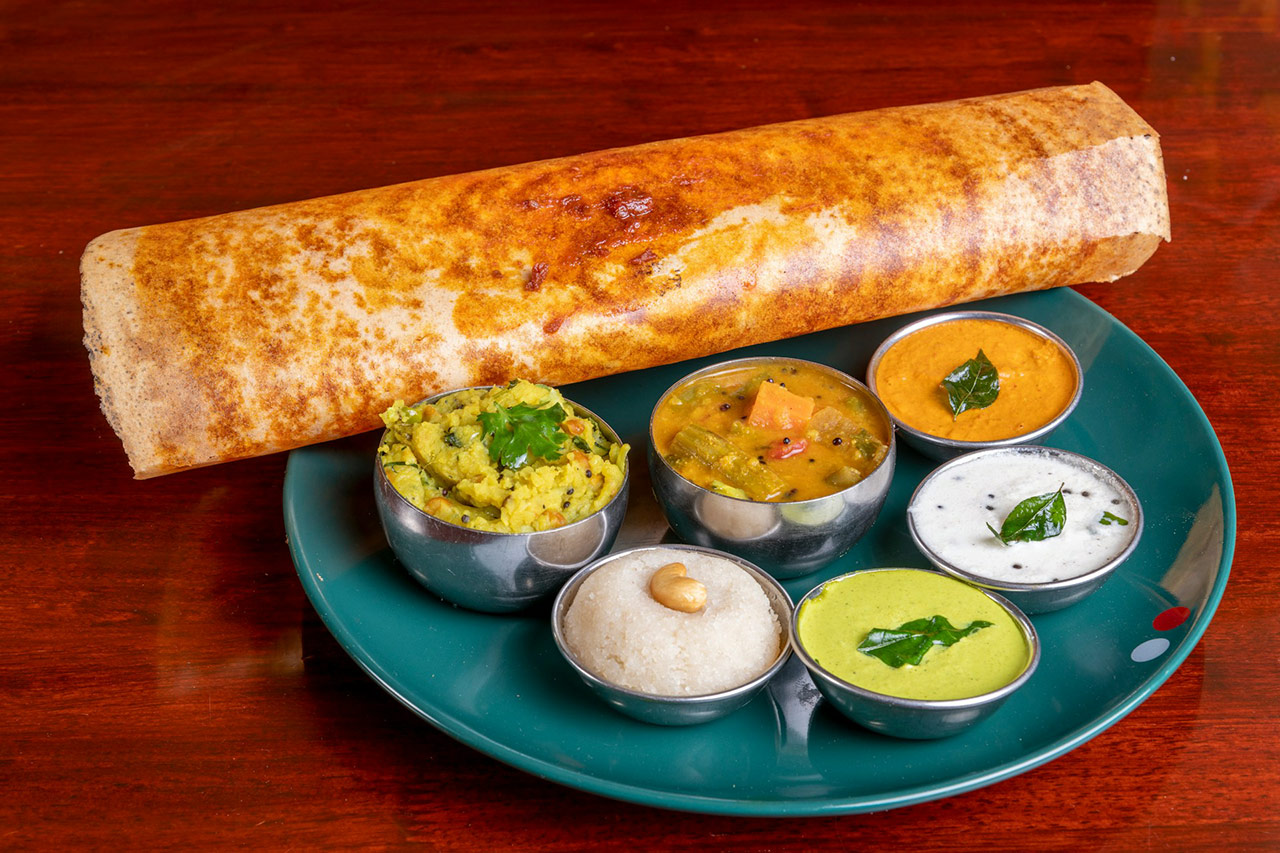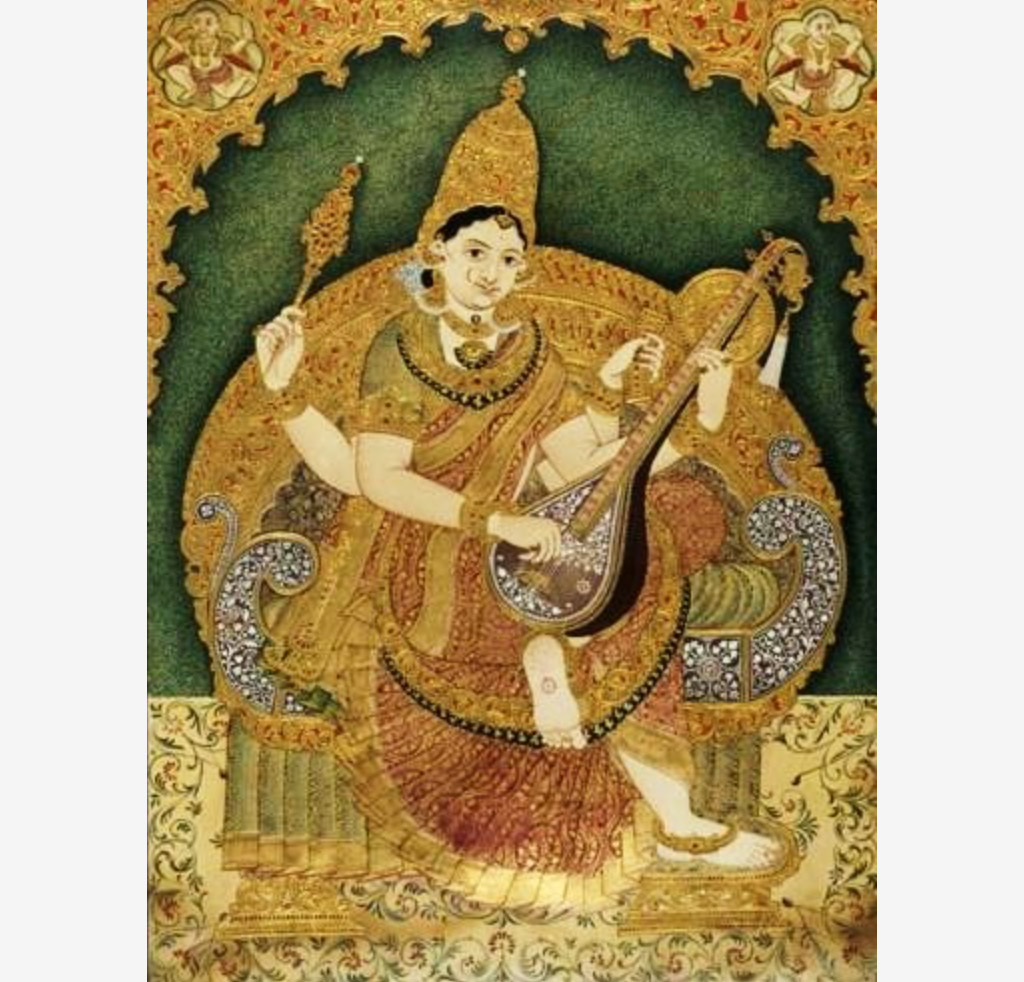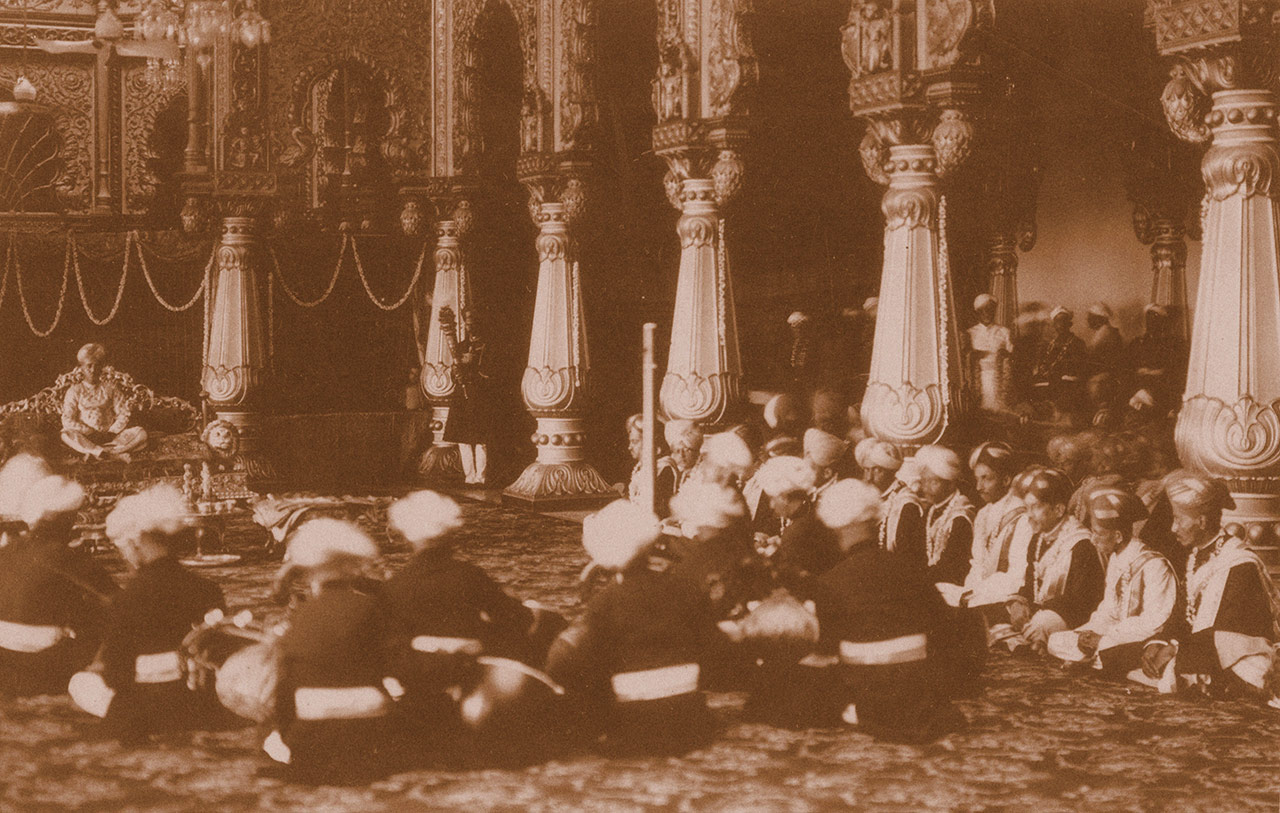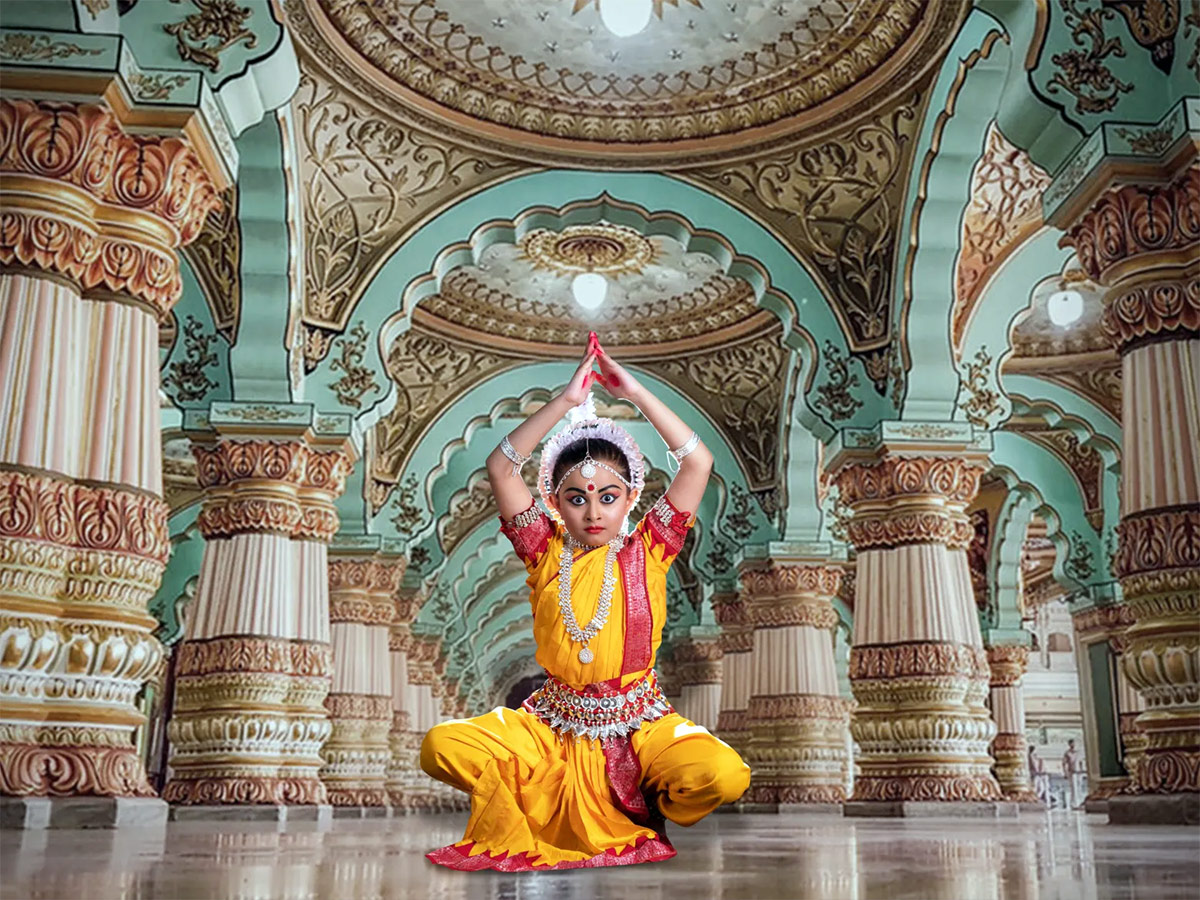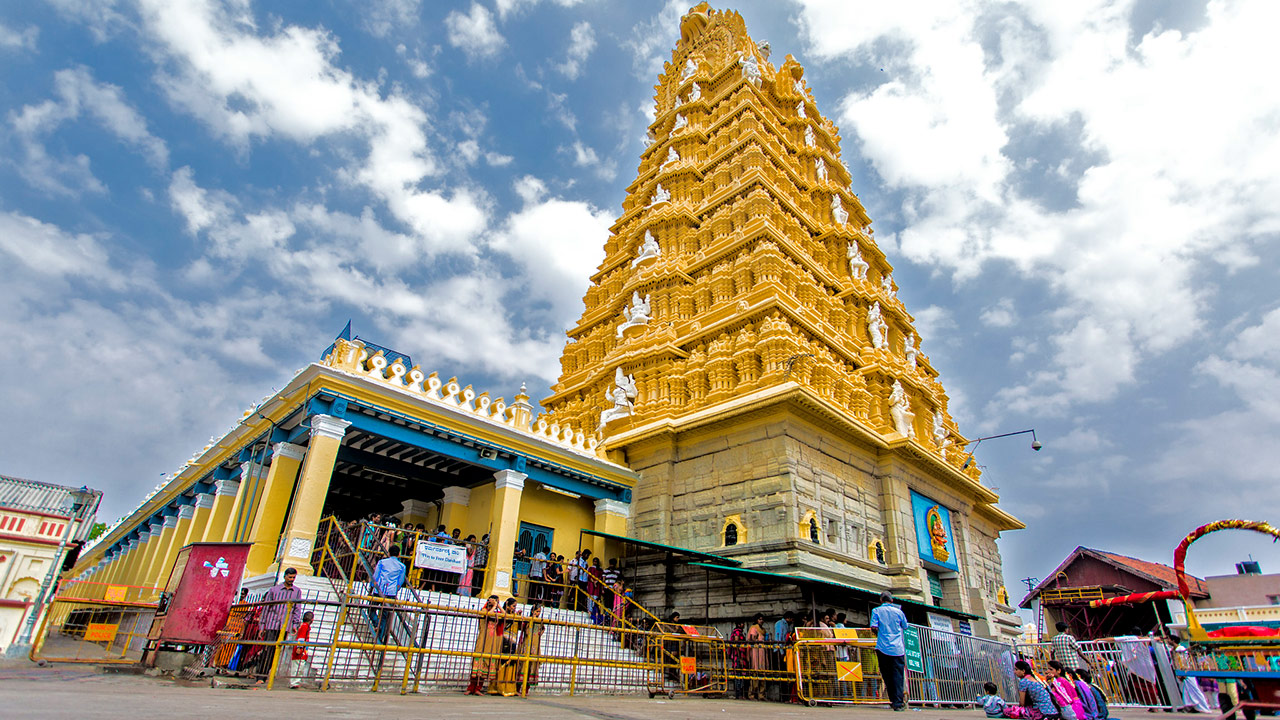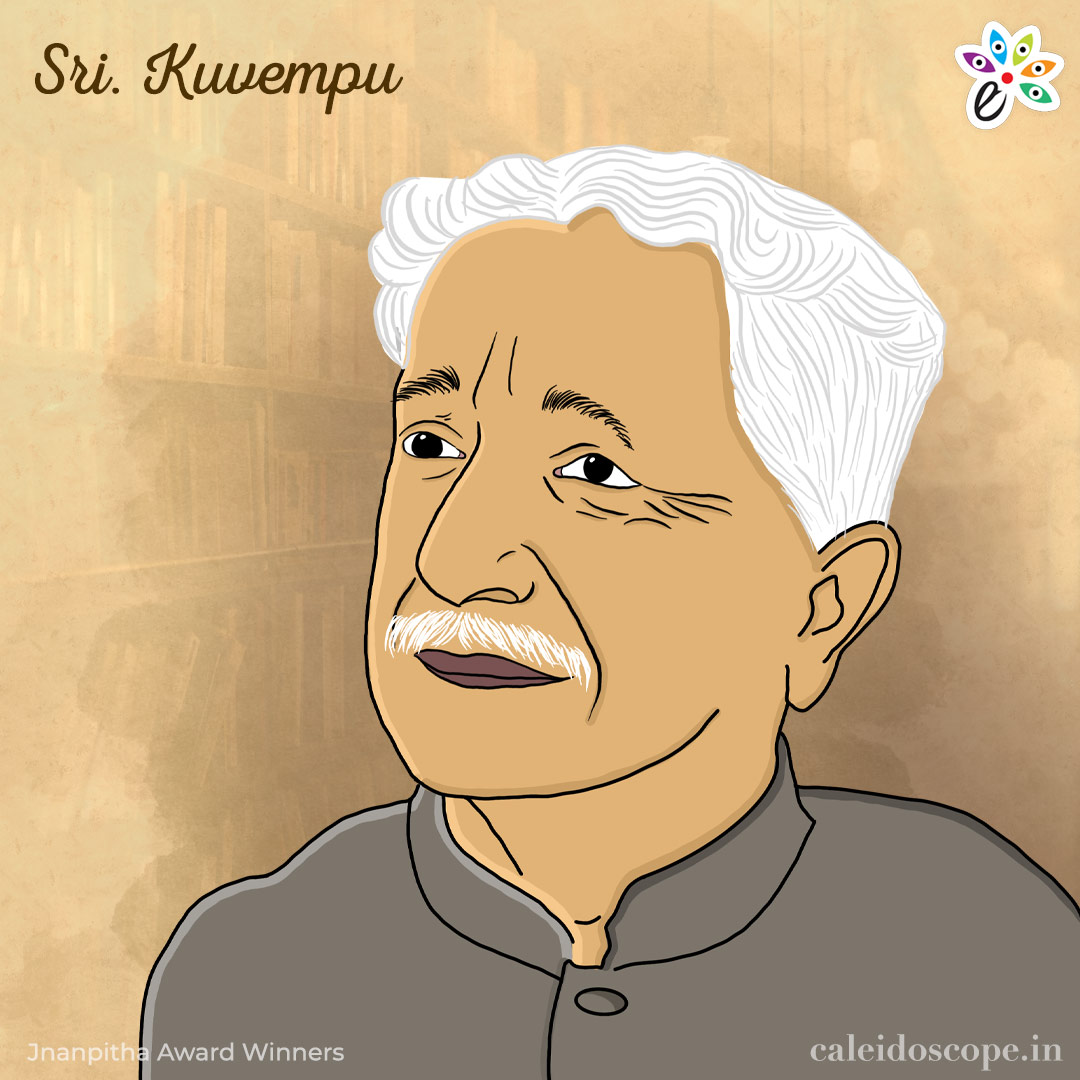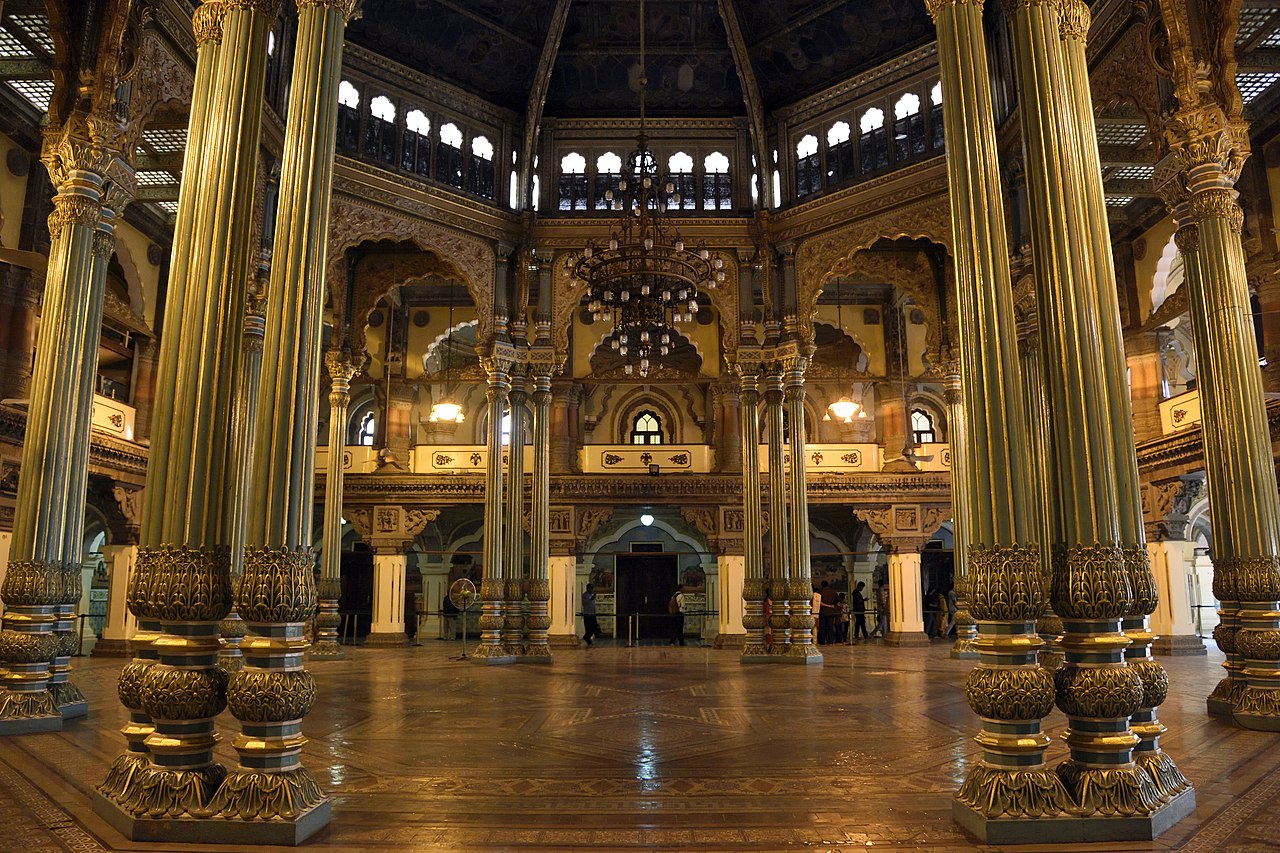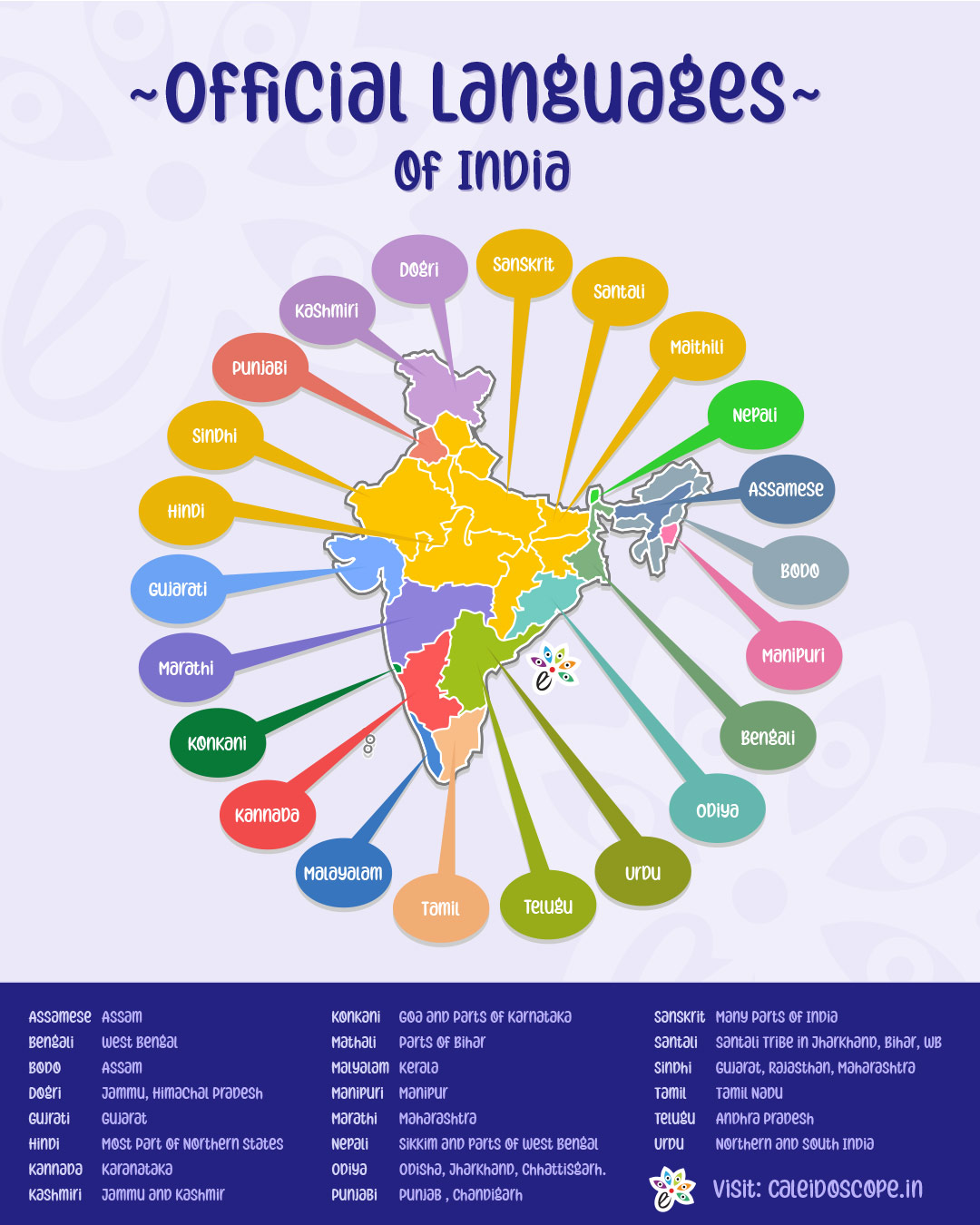
Introduction
Humans employ an ordered system of communication called language, which is made up of words, sounds, and grammar. It makes it possible to communicate ideas, feelings, and knowledge. Displacement (talking about things not present), productivity (infinite sentence development from finite rules), inconsistency (no inherent connection between words and their meanings), oral tradition (passed down through generations), and duality of patterning (sounds forming meaningful units) are the characteristics of language, which can be spoken, written, or signed. It supports thinking, identity expression, social engagement, interaction, and behavior control. Let’s see some official languages of India to know more about India.
Suggested Read: Oldest Indian Languages That Survived For Ages
English Language in India
During British colonial control, which lasted from the 18th century until 1947, English was brought to India. English evolved into the official language of the judiciary, education, and administration throughout this time.
Hindi and English were designated as the official languages of India upon its independence in 1947. Hindi was supposed to progressively take the place of English, but because of linguistic variety in India and opposition from states that do not speak Hindi, English continued to be the official language. Both Hindi and English are acknowledged by the Indian Constitution as the official languages of the national government. In higher education, the legal field, and government, English is widely used. Hindi and English may both still be used for official reasons according to the Official Languages Act of 1963. Particularly in places where Hindi is not the official language, English is utilized in legislative sessions, the courts, and communications between the federal government and state governments. In the multilingual nation, it acts as a connecting language. In many Indian schools, colleges, and universities, English is the language of instruction. It’s frequently regarded as essential to social mobility and improved professional prospects. English language proficiency is highly regarded in many professional domains.
In India, English is the language of choice for corporate settings, technology, and business. English is the primary language used for international business communication in the nation’s booming outsourcing and IT sectors.
Indian media, entertainment, and literature have all been impacted by English. Numerous Indian authors, like Salman Rushdie and Arundhati Roy, have received praise from all around the world for their English-language writings.
English is a vital language for business, education, and administration in India because of its colonial past and current significance in international communication.
Furthermore, Hindi, which is written in the Devanagari script, is the official language of the central government, whereas English is frequently used for official and administrative reasons at the national level.
Official languages of India
In accordance with the Eighth Schedule of the Indian Constitution, there are 22 official languages in India. Assamese, Bengali, Bodo, Dogri, Gujarati, Hindi, Kannada, Kashmiri, Konkani, Maithili, Malayalam, Manipuri, Marathi, Nepali, Odia, Punjabi, Sanskrit, Santali, Sindhi, Tamil, Telugu, and Urdu are among them. Hindi, which is written in the Devanagari script, is the official language of the central government; English is also used for official and administrative reasons at the national level.
Along with Hindi and English, there are other scheduled languages of India
According to the Indian Constitution’s Eighth Schedule, 22 languages are recognized as official in India. These dialects are:
1. Hindi
The Indo-Aryan language of Hindi is mainly spoken in India. Hindi is a member of the Indo-European language family’s Indo-Aryan branch.
In India, it is the language that is most often spoken, especially in the north and center of the nation. It is used as a lingua franca for communication and is spoken in many Indian states. The Devanagari script, also used for Sanskrit, Marathi, Nepali, and a few other languages, is used to write Hindi. Hindi literature has a long history and includes both contemporary prose and poetry as well as epics and classical poetry. Poets like Tulsidas, Kabir, and Surdas as well as contemporary authors like Premchand and Harivansh Rai Bachchan are notable individuals. The Hindi language and culture are essential components of Indian culture, including dance styles like Kathak, music like Bollywood, festivals like Diwali and Holi, and customs all over the nation. The Indian Constitution’s Eighth Schedule lists Hindi as one of the official languages and as the official language of the country’s central administration. At the national level, it is utilized in literature, journalism, education, and government administration.
Hindi is an essential language for bridging India’s many linguistic and cultural groups and acts as a unifying factor for the nation’s diversified society.
2. Assamese
One of India’s official languages, Assamese is mostly spoken in the northeastern regions of Assam. It is a member of the Indo-European language family’s Indo-Aryan branch. mostly spoken in northeastern India, in the states of Assam, Arunachal Pradesh, Nagaland, and Meghalaya. Written in the Brahmi script’s ancestor, the Assamese script. With a rich literary history that dates back to the 13th century, Assamese literature has been greatly influenced by the works of renowned poets and writers. The Assamese language and culture are deeply entwined, impacting the region’s artistic, musical, dancing, and religious practices.
acknowledged as an official language by the Indian Constitution’s Eighth Schedule, which makes it easier for people to utilize it in the media, administration, education, and literary works. Different dialects of Assamese are spoken in different parts of the country, reflecting differences in vocabulary and pronunciation. Millions of people in northeastern India communicate in Assamese, which is vital to the preservation and advancement of the Assamese people’s cultural identity.
3. Bengali
Bengali, sometimes referred to as Bangla, is the official language of West Bengal and Tripura as well as one of India’s official languages. mostly spoken in sections of Assam and Jharkhand, as well as in the Indian states of West Bengal and Tripura. Bangladesh also recognizes it as its official language. Written in the Bengali alphabet, which is comparable to the Hindi-language Devanagari script and is derived from the Brahmi script. With contributions from poets, writers, and philosophers like Rabindranath Tagore, Kazi Nazrul Islam, and Bankim Chandra Chattopadhyay, Bengali has a rich literary history that spans more than a millennium. Bengali literature, music (particularly Rabindra Sangeet), art, and festivals like Durga Puja and Poila Boishakh are all greatly influenced by the language and culture of Bengal.The Indian Constitution’s Eighth Schedule recognizes it as an official language, guaranteeing its usage in the government, media, education, and literary arts. Different dialects of Bengali are spoken in different parts of the country, and they differ in vocabulary, pronunciation, and occasionally grammar. A major cultural and historical force in Bangladesh and India, Bengali language contributes to the rich diversity of South Asian languages and cultures.
4. Bodo
The Bodo people are an ethnic group that mainly resides in the Bodoland Territorial Region (BTR) in Assam, India, as well as some areas of nearby states. They speak the Bodo language. Bodo is a member of the Sino-Tibetan language family’s Tibeto-Burman branch. The Bodoland Territorial Region (BTR) of Assam and its surrounding regions in states like West Bengal, Meghalaya, and Nagaland are where it is primarily spoken. The Devanagari script, which is also used to write Hindi and Marathi, is used to write the Bodo language. The Bodo people have a rich cultural history that includes festivals like Bwisagu, music, and traditional dances like Bagumumba. The Eighth Schedule of the Indian Constitution, which identifies the languages the government is dedicated to advancing and nurturing, recognizes Bodo as one of the official languages of Assam. Bodo is spoken in various regional dialects, each with its own unique vocabulary, grammar, and accent. The Bodo language is an important part of India’s linguistic variety and the cultural identity and legacy of the Bodo population in Assam.
5. Dogri
The Dogra community speaks Dogri, a language that is predominantly spoken in the Jammu region of Jammu and Kashmir, India, as well as in certain areas of Punjab and Himachal Pradesh. Dogri is a member of the Indo-European language family’s Indo-Aryan branch. The Jammu region of Jammu and Kashmir, which includes places like Jammu city, Doda, Kathua, Udhampur, and portions of Himachal Pradesh and Punjab, is where it is primarily spoken. Dogri is normally written in the Takri script, but for administrative and historical reasons, it is now frequently written in the Devanagari script. Poets and authors have made significant contributions to the cultural identity of Dogri through their rich literary heritage spanning several centuries. It is renowned for its folk tunes, poetry, and artistic manifestations. The Eighth Schedule of the Indian Constitution recognizes Dogri as one of the official languages of Jammu and Kashmir, guaranteeing its usage in the government, media, education, and literary domains.
Different dialects of Dogri are spoken in different parts of the country, and they differ in vocabulary, syntax, and pronunciation.
In the northern parts of India, the Dogra community’s legacy is preserved and promoted in large part through the Dogri language and culture.
6. Gujarati
Gujarati is a language that is mostly spoken in many communities all over the world as well as in the Indian state of Gujarat. Gujarati is a member of the Indo-European language family’s Indo-Aryan branch. The western Indian state of Gujarat, the union territories of Daman and Diu, Dadra and Nagar Haveli, and many communities in Maharashtra and Rajasthan are the main locations where it is spoken. The Gujarati script, an abugida (alphasyllabary) adapted from the Devanagari script, is used to write Gujarati. Gujarati has a long and illustrious literary history that dates back to the 12th century. Its cultural legacy has been greatly influenced by poetry and prose from this era. It boasts a thriving tradition of contemporary writing, folk literature, and bhajans (devotional songs). Gujarati food, music, dance (like Garba and Dandiya Raas), festivals (like Navratri), and arts are intimately linked to the Gujarati language and culture.
The Eighth Schedule of the Indian Constitution recognizes Gujarati as one of the official languages of the Indian state of Gujarat and mandates its use in the government, media, education, and literary arts. The Gujarati diaspora has contributed to the expansion of the Gujarati language and culture worldwide, making it widely known and used, particularly in Indian populations living outside.
7. Kannada
Said primarily in the southern Indian state of Karnataka, Kannada is a Dravidian language. Kannada is a member of the Dravidian language family, which also includes Malayalam, Tamil, and Telugu. The state of Karnataka is where it is most widely spoken, along with some areas of other states like Andhra Pradesh, Telangana, Tamil Nadu, and Maharashtra. The Kannada script, an abugida (alphasyllabary) developed from the ancient Brahmi script, is used to write Kannada. With ancient poetry, prose, and drama dating back more than a millennium, Kannada boasts a thriving literary heritage. Classical Kannada literature includes works such as “Kavirajamarga,” and contemporary Kannada literature has given rise to well-known writers like Bendre, Ananthamurthy, and Kuvempu. Karnataka’s language and culture are profoundly ingrained in the region’s history, impacting traditional arts, festivals, dances (such as Yakshagana and Dollu Kunitha), classical and folk music, and traditional arts. The Indian Constitution’s Eighth Schedule lists Kannada as one of the official languages, and it is the official language of the state of Karnataka. Within the state, it is utilized in literature, journalism, education, and government administration. The Kannada language and culture add significantly to India’s linguistic diversity while also protecting and advancing Karnataka’s cultural identity.
8. Kashmiri
The language known as Kashmiri is mainly spoken in the Kashmir Valley, which is located in the northern Indian union region of Jammu and Kashmir. As a member of the wider Indo-European language family, Kashmiri is related to the Dardic branch of Indo-Aryan languages. The Kashmir Valley, which includes places like Srinagar, Anantnag, Baramulla, and other regions of Jammu and Kashmir, is where it is primarily spoken. Communities of Kashmiri immigrants in various regions of India and beyond also speak it. The Sharada script, an antiquated script associated with Brahmi, was formerly used by Kashmiris. But of days, most Kashmiri writing is done in the Nasaliq Perso-Arabic script. Kashmiri literature boasts a rich legacy spanning multiple centuries, featuring the works of ancient poets such as Lal Ded and Habba Khatoon. Prominent authors of plays, short tales, and poetry have contributed to modern Kashmiri literature. The language and culture of Kashmir are fundamental to the region’s cultural identity; they have influenced traditional arts and crafts, dancing styles, music (such as Rouf and Hafiza), and Sufiana Kalam and Chakri. The Indian Constitution’s Eighth Schedule lists Kashmiri as one of the official languages. In Jammu and Kashmir, it is utilized in literature, media, education, and government administration. The Kashmiri language and culture are an integral element of India’s rich linguistic and cultural mosaic and are crucial to the preservation and promotion of the Kashmir Valley’s cultural legacy.
9. Konkani
The majority of speakers of Konkani are found in the western Indian state of Goa, Karnataka, Maharashtra, and Kerala. The Indo-Aryan branch of the Indo-European language family includes Konkani. Goan Konkani, the name for the coastal regions of Goa, as well as portions of Karnataka (the Konkani-speaking belt of Uttara Kannada and Udupi districts), Maharashtra (the coastal areas), and Kerala (the southern districts) are the main places where it is spoken. Several scripts are used to write Konkani, depending on the community and area. Devanagari script (Devanagari Konkani) and Roman script (Roman Konkani). Malayalam script (Konkani) and Kannada script (Kannada Konkani). Modern literature, poetry from the Middle Ages, and classical literature are all part of Konkani’s rich literary heritage. Notable playwrights, poets, and writers have come from it, adding to its cultural legacy. The traditions, rituals, and festivals of the Konkani-speaking populations are intimately linked to the Konkani language and culture. These include the music (such as folk songs and Mangalorean Catholic music), dance (such as Dekhnni and Fugdi), and culinary habits. The Indian Constitution’s Eighth Schedule lists Konkani as one of the official languages. In the areas where it is spoken, it is utilized in literature, media, education, and government administration. The Konkani language and culture add to the multicultural fabric of India’s linguistic landscape by reflecting the richness and diversity of the Konkani-speaking populations spread across several states.
10. Maithili
The majority of people who speak maithili are from eastern India, especially from the state of Bihar and its surrounding territories. The Indo-Aryan branch of the Indo-European language family includes Maithili. The Mithila region of Bihar, which includes districts like Darbhanga, Madhubani, and Sitamarhi, as well as portions of Jharkhand, Uttar Pradesh, and Nepal, is where it is primarily spoken. The Maithil diaspora speaks it both overseas and in other regions of India. Traditionally, Maithili was written in the now-rarely-used Mithilakshar script, which is evolved from Brahmi. These days, most Maithili writing is done in the Devanagari script. Classical poems and prose from antiquity can be found in Maithili’s rich literary heritage. One well-known Maithili poet is Vidyapati Thakur, who is well-known for his works in both Sanskrit and Maithili. The traditions, rituals, and celebrations of the Maithil community are intimately linked to the Maithil language and culture. This includes dancing, music, and cultural practices such as Maithili folk ballads. The Indian Constitution’s Eighth Schedule lists maithili as one of the official languages. In Bihar and other areas where it is spoken, it is utilized in literature, media, education, and government administration. By maintaining the rich literary and linguistic traditions of the Maithil population, the Maithil language and culture greatly add to India’s cultural richness.
11. Malayalam
The Dravidian language of Malayalam is mostly spoken in the Lakshadweep Islands and the state of Kerala in southern India. Languages like Tamil, Telugu, and Kannada are also members of the Dravidian language family, which includes Malayalam. The state of Kerala, which includes districts like Thiruvananthapuram, Kochi, Kozhikode, and others, is where it is predominantly spoken. Malayali groups in various parts of India and the world also speak it. The Malayalam script, an abugida (alphasyllabary) developed from the Grantha script, which in turn comes from the Brahmi script, is used to write Malayalam. With a rich literary history spanning more than a millennium, Malayalam is home to numerous classical pieces of prose, poetry, and drama. Among the well-known authors of Malayalam are Thunchaththu Ezhuthachan, who is regarded as the founder of contemporary Malayalam literature. The Malayali community’s cultural customs, festivals, and dance forms—such as Kathakali and Mohiniyattam—as well as music—such as Kerala classical music and movie songs—are intricately linked to the Malayalam language and culture. The Eighth Schedule of the Indian Constitution recognizes Malayalam as one of the official languages. It is utilized in Keralan and other Malayali communities’ literature, education, media, and government administration. A vital component of India’s linguistic and cultural diversity, the Malayalam language and culture play a major role in maintaining and advancing Kerala’s unique cultural identity.
12. Manipuri
The language known as Manipuri, or Meiteilon, is mostly used in the state of Manipur in northeastern India. Manipuri is a member of the Sino-Tibetan language family’s Tibeto-Burman branch. Manipur is where it is most commonly spoken, especially in the Imphal Valley and its environs. Manipuri diaspora populations in other regions of India and beyond also speak it. The Meitei script (Meitei Mayek), an indigenous script derived from the ancient Brahmi alphabet, was formerly used in Manipuri. Nonetheless, in some situations, Manipuri is also written using the Bengali script. Classical literature from antiquity is part of Manipuri’s rich literary and cultural legacy. Poems, folktales, and manuscripts are all included. Poets Chongtham Kamala and Hijam Anganghal are well-known from Manipur. The Manipuri people’s cultural identity is inextricably linked to their language and culture, which has a profound impact on festivals like Yaoshang and Lai Haraoba, music, and performing arts like Thang-Ta and Ras Lila. The Indian Constitution’s Eighth Schedule lists Manipuri as one of the official languages. In Manipur, it is employed in the media, education, government administration, and literary works.
The distinctive history and customs of the Manipuri population are preserved by the Manipuri language and culture, which add to the great diversity of languages and civilizations in northeastern India.
13. Marathi
The Indo-Aryan language of Marathi is mostly spoken in the Indian state of Maharashtra and its surrounding areas. The Indo-Aryan branch of the Indo-European language family includes Marathi. The majority of its speakers are found in Maharashtra, which includes Nagpur, Nashik, Pune, Mumbai (previously Bombay), and other regions. Some areas of nearby states, including Goa, Gujarat, Madhya Pradesh, Karnataka, and Telangana, also have Marathi speakers. The Devanagari script, which is also used for Hindi, Nepali, and Sanskrit, is used to write Marathi. The literary legacy of Marathi stretches back to the 13th century, when poets such as Namdev, Sant Tukaram, and Sant Dnyaneshwar contributed to the language. Renowned writers like Vinda Karandikar, P.L. Deshpande, and Vishnu Sakharam Khandekar have contributed to modern Marathi literature. The Indo-Aryan language of Marathi is mostly spoken in the Indian state of Maharashtra. The festivals, rituals, and music of the Marathi-speaking community—such as Tamasha and Powada, dances like Lavani and Bhavageet, and food habits like Maharashtrian cuisine—are intricately linked to the Marathi language and culture. The Indian Constitution’s Eighth Schedule lists Marathi as one of the official languages. In Maharashtra and other areas where Marathi-speaking people live, it is utilized in government administration, education, the media, and literature.
An integral component of India’s linguistic and cultural diversity, the Marathi language and culture are vital to the preservation and advancement of Maharashtra’s cultural identity.
14. Nepali
The Indo-Aryan language known as Nepali, or Nepalese, is mostly spoken in Nepal and the Indian states of Uttar Pradesh, West Bengal, Assam, and Sikkim. Nepali is a member of the Indo-European language family’s Indo-Aryan branch. The majority of people in Nepal speak it as their first language and it is the official language of the country. Speaking it outside of Nepal are Nepali diaspora communities in India and other countries.
The Devanagari script, which is also used to write Hindi, Marathi, and Sanskrit, is used to write Nepali. Poetry, folk ballads, and religious writings are among the classic works in Nepali literature’s long and illustrious history. Works by well-known poets and authors like Laxmi Prasad Devkota and Bhanubhakta Acharya are included in the canon of modern Nepali literature. The language and culture of Nepal are fundamental to the country’s cultural identity; they have an impact on dance (Dhime dance and Jhyaure folk dance), music (Nepali folk songs and contemporary Nepali music), and festivals (Dashain and Tihar). In addition to being the official language of Nepal, Nepali is listed on the Eighth Schedule of the Indian Constitution as one of the official languages. In Nepal and other Nepali-speaking areas of India, it is utilized in government administration, education, the media, and literature. The language and culture of Nepal contribute to the linguistic variety of South Asia and represent the varied background and customs of the Nepali people.
15. Odia
The Indo-Aryan language known as Odia, or just Odia, is mainly spoken in the Indian state of Odisha as well as in some areas of nearby states like Jharkhand, West Bengal, and Andhra Pradesh. Odia is a member of the Indo-European language family’s Indo-Aryan branch. The state of Odisha, which includes Bhubaneswar, Cuttack, Puri, and other districts, is where it is predominantly spoken. Additionally, communities of Odia speakers in Andhra Pradesh, West Bengal (particularly in the areas bordering Odisha), and Jharkhand speak it.
The syllabic Odia script (Odia Lipi) is used to write Odia and is developed from the Brahmi script. Poetry, epics (such as the Sarala Mahabharata), and religious writings are among the classic works in Odia’s rich literary heritage, which dates back to the tenth century. Prominent writers including Fakir Mohan Senapati, Gopabandhu Das, and Kalindi Charan Panigrahi have contributed to modern Odia literature. The Odia language and culture are strongly associated with the customs, festivals, and traditions of the Odia-speaking population. These include folk songs and Odissi music, Gotipua dance and Odissi dance, and Odia food and culinary traditions. The Indian Constitution’s Eighth Schedule lists Odia as one of the official languages. In Odisha and other areas where there are large populations of Odia-speaking people, it is used in government administration, education, the media, and literature. An integral component of India’s linguistic and cultural diversity, Odia’s language and culture are vital to the preservation and advancement of Odisha’s cultural identity.
16. Punjabi
Speaks mostly in the Punjab region of both India and Pakistan, Punjabi is an Indo-Aryan language. The Indo-Aryan branch of the Indo-European language family includes Punjabi. The Punjab province of Pakistan and the Indian state of Punjab are where it is primarily spoken. It is also spoken in several areas of Delhi, Jammu and Kashmir, Himachal Pradesh, and Haryana in India. In India, the Landa script is the source of the Gurmukhi script, which is used to write Punjabi. Shahmukhi script, a modified form of Perso-Arabic script, is used in Pakistan. Notable poets including Baba Farid, Guru Nanak, Bulleh Shah, and Waris Shah have made significant contributions to Punjabi literature, which dates back to the medieval era. Poetry, prose, and drama are all genres of contemporary Punjabi literature. The traditions, rituals, and celebrations of the Punjabi-speaking people are intimately linked to the Punjabi language and culture. These include dance forms such as Bhangra and Sammi, music like Bhangra and Giddha, and festivals like Baisakhi and Lohri. The Indian Constitution’s Eighth Schedule lists Punjabi as one of the official languages. It is utilized in Punjabi literature, journalism, education, government administration, and Punjabi-speaking communities abroad. The language and culture of Punjab contribute significantly to the preservation and enhancement of the cultural identity of the Punjabi community and are an essential part of South Asia’s multifaceted linguistic and cultural environment.
17. Sanskrit
An important part of Indian literature, philosophy, religion, and culture is the ancient Indo-Aryan language Sanskrit. The Indo-Aryan branch of the Indo-European language family includes Sanskrit. With a history that dates back more than three millennia, it is among the oldest languages that people have ever learned. It has affected numerous languages in South Asia and was employed as a scholarly and religious language in ancient India. The Devanagari script, also used for languages like Hindi, Marathi, and Nepali, is traditionally used to write Sanskrit. Throughout history, it has also been written in a number of other scripts, such as Grantha and Brahmi scripts. A wide range of genres, including dramas, poetry (kavya), epics like the Ramayana and Mahabharata, Upanishads, Vedas, and philosophical treatises (shastras), are included in the extensive and varied body of Sanskrit literature.
Sanskrit is used to write many of the core scriptures of Buddhism, Jainism, and Hinduism. It has served as a vehicle for the expression of difficult theological and philosophical themes. In India and around the world, Sanskrit is still studied and utilized in gurukulas, traditional educational settings, universities, places of worship, and cultural contexts. Through cultural interactions, Sanskrit has influenced languages outside of India and helped shape several modern Indian languages. Sanskrit is still highly regarded for its accuracy, coherence, and profundity, which makes it essential to the comprehension and preservation of India’s intellectual and cultural legacy.
18. Santali
The Santal people, an indigenous group mostly found in the Indian states of Jharkhand, Odisha, West Bengal, Bihar, and Assam as well as in Bangladesh and Nepal, speak Santali as their primary language. Santali is a member of the Munda branch of the Austroasiatic language family. It has a remote relationship to languages like Ho and Mundari. It is mostly spoken in the tribal regions of eastern India, which include parts of Odisha, Bihar, West Bengal, and Assam, as well as districts in Jharkhand (such as East and West Singhbhum). Santal villages can also be found in Bangladesh and Nepal, two nearby nations. The Ol Chiki script, an indigenous alphabet made especially for the Santali language, was traditionally used to write Santali. Nowadays, the Devanagari script and sometimes the Roman script are also used to write the Santali language. Folktales, stories, and songs that have been passed down through the years are part of Santali’s rich oral culture. Santali literature has evolved in the modern era, with renowned authors adding to its rich cultural legacy. The Santal community’s identity is inextricably linked to its language and culture, which also influence art, festivals (like Sarhul and Baha), and music (like traditional Santali music and dances). With its unique traditions and customs, the community has a distinct cultural identity. The Indian Constitution’s Eighth Schedule lists Santali as one of the official languages. In areas where Santali-speaking people are concentrated, it is utilized in government administration, education, media, and literature.
The Santali language and culture are essential to maintaining the Santal community’s cultural legacy and adding to the linguistic diversity of India and its surrounding nations.
19. Sindhi
The Indo-Aryan language known as Sindhi is predominantly spoken by the Sindhi diaspora across the globe and in the Sindh region of Pakistan. Sindhi is a member of the Indo-European language family’s Indo-Aryan branch.
The Sindh province of Pakistan, which includes the cities of Karachi, Hyderabad, and Sukkur, is where it is predominantly spoken. There are communities in several parts of India that speak Sindhi, especially in Gujarat, Rajasthan, Maharashtra, and Uttar Pradesh.
The Devanagari script is the source of the Sindhi script, which is used to write Sindhi traditionally. In Pakistan, Sindhi writing is most frequently done in the Perso-Arabic script. With a rich literary history spanning several centuries, Sindhi is home to great poetry, folktales, and Sufi writings. Sachal Sarmast and Shah Abdul Latif Bhittai are well-known authors and poets.
The traditions, rituals, and festivals of the Sindhi-speaking population are intimately linked to the Sindhi language and culture. These include the music (such as Sufi and Sindhi folk music), dance (such as Dhamal and Ho Jamalo), and culinary habits. One of Pakistan’s officially recognized languages is Sindhi. It is utilized by Sindhi-speaking communities abroad as well as in government administration, education, the media, and literature in Sindh.
The cultural identity of the Sindhi community is greatly preserved and promoted by the language and culture of Sindh, which also adds to the linguistic diversity of South Asia.
20. Tamil
The Dravidian language of Tamil is mainly spoken in the union territory of Puducherry and the Indian state of Tamil Nadu. Along with Telugu, Kannada, and Malayalam, Tamil is a member of the Dravidian language family. Tamil Nadu, where it is the official language, and Puducherry are the two places where it is most often spoken. There are Tamil-speaking populations outside of India as well, including Tamil diaspora groups across the globe. One of the world’s oldest and most widely used scripts, Tamil (Tamil Lipi) is used to write Tamil. Because it’s an abugida script, vowel sounds are inherent to consonants. With epics like Silappatikaram and Manimekalai, philosophical writings, and classical poetry known as Sangam literature, Tamil literature boasts a rich literary legacy spanning over two millennia. Prominent authors like Kalki Krishnamurthy and Subramania Bharati have contributed to modern Tamil literature. The Tamil language and culture are essential to the identity of those who speak it; they have an impact on holidays such as Pongal and Tamil New Year, as well as dance forms like Bharatanatyam and folk dances, music (including Carnatic music and Tamil cinema songs), and dancing. The Indian Constitution’s Eighth Schedule lists Tamil as one of the official languages. In Tamil Nadu and Puducherry, it is employed in the media, literature, education, and government administration. Tamil language and culture are renowned for its vibrant arts, classical literature, and linguistic diversity. They have made a substantial contribution to India’s cultural history.
21. Telugu
The Dravidian language known as Telugu, or Telugu, is mostly spoken in the Indian states of Andhra Pradesh and Telangana. Telugu is a member of the Dravidian language family, which also includes Malayalam, Tamil, and Kannada.
As the official language of the states of Andhra Pradesh and Telangana, it is primarily spoken there. There are additional Telugu-speaking communities abroad and in other parts of India. The Telugu script, also known as Telugu Lipi, is an abugida script that was developed from the Brahmi script and is used to write Telugu. It is renowned for its unique rounded characters and is used to write Telugu. With almost a millennium of literary history, Telugu boasts a rich canon of traditional poetry, prose, and drama, including the Andhra Mahabharata and Annamayya’s compositions. Some of the most well-known authors of Telugu literature nowadays include Viswanatha Satyanarayana and Gurajada Apparao. The Telugu-speaking community’s traditions, customs, and festivals are intimately linked to the language and culture of Telugu. These include folk songs and Carnatic music, Kuchipudi and Perini dances, and culinary habits. The Indian Constitution’s Eighth Schedule lists Telugu as one of the official languages. In Andhra Pradesh and Telangana, it is employed in government administration, education, the media, and literature.
22. Urdu
The Indo-Aryan language of Urdu holds great cultural and historical significance in South Asia, especially in Pakistan and certain regions of India. The Indo-Aryan branch of the Indo-European language family includes Urdu. It originated as a synthesis of Sanskrit, Arabic, Turkish, and Persian. Pakistan’s official language is Urdu, which is also one of India’s 22 scheduled languages. In both countries, it is spoken and understood in many areas, including big cities like Hyderabad, Delhi, Karachi, and Lahore. The Perso-Arabic script (Nastaliq), a modified version of the Arabic alphabet, is traditionally used to write Urdu. The writing is done from right to left. Since the 14th century, poets and writers such as Mir Taqi Mir, Mirza Ghalib, Allama Iqbal, and Faiz Ahmed Faiz have contributed to the rich literary heritage of Urdu. Urdu literature consists of plays, novels, short tales, and poetry (ghazals, nazms). The traditions, customs, and artistic expressions of the Urdu-speaking community—such as dance forms like Kathak and classical and contemporary music like Qawwali and cinema songs—are intricately linked to the Urdu language and culture. Pakistan recognizes Urdu as its national language, and India recognizes it as one of its official languages. In both nations, it is utilized in literature, media, education, and government administration. The language and culture of Urdu have greatly influenced South Asia’s literary and cultural environment, acting as a conduit for the expression of various populations and influencing the region’s creative and intellectual traditions.
Takeaway
Hindi and English are the two official national languages of India. 22 scheduled languages are also recognized by it, including Urdu, Bengali, Gujarati, Kannada, Marathi, Punjabi, Tamil, Telugu, and Assamese. Additionally, every state has the authority to declare one of its official languages, such as Tamil in Tamil Nadu and Marathi in Maharashtra. The linguistic diversity of the nation is supported by this policy.












